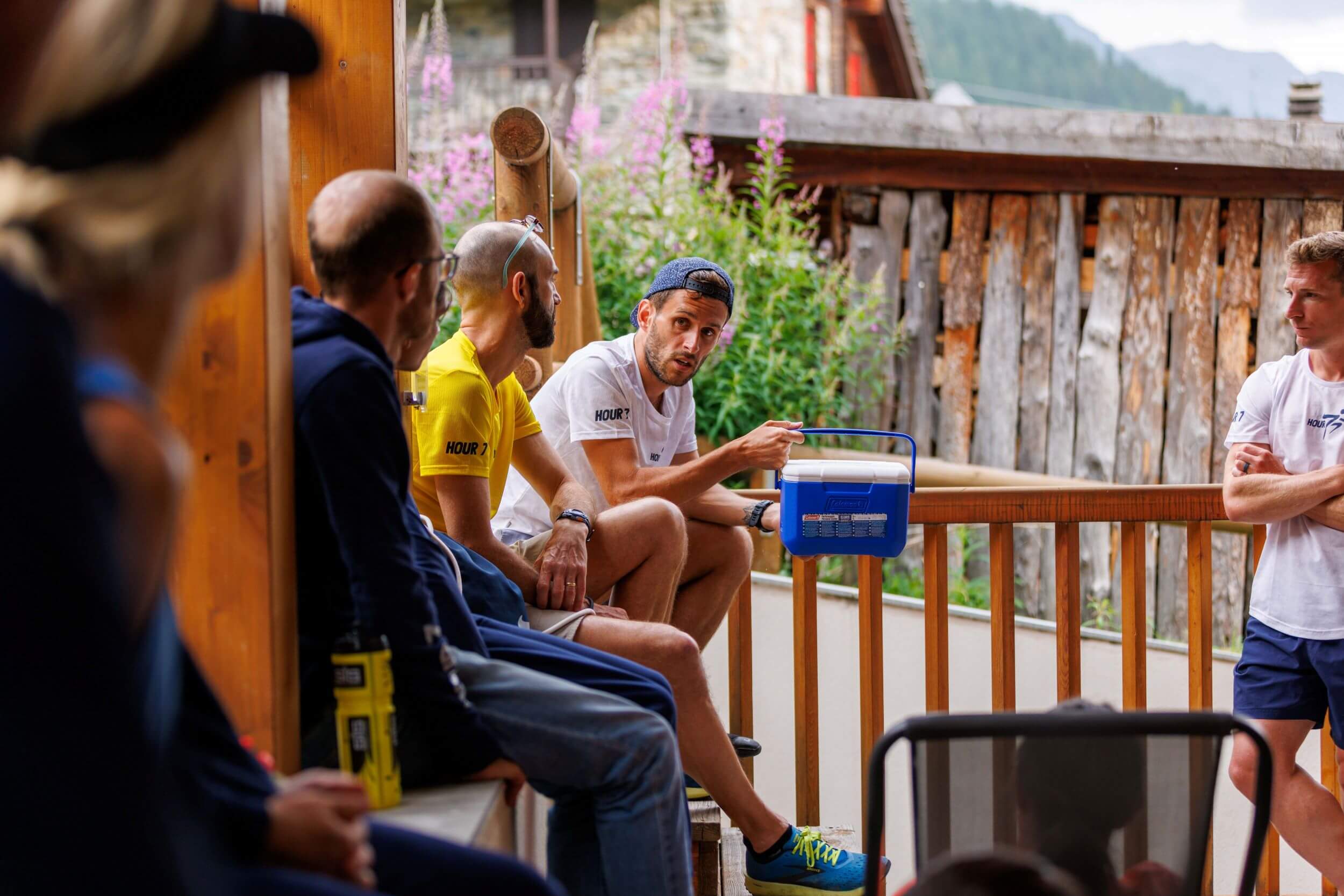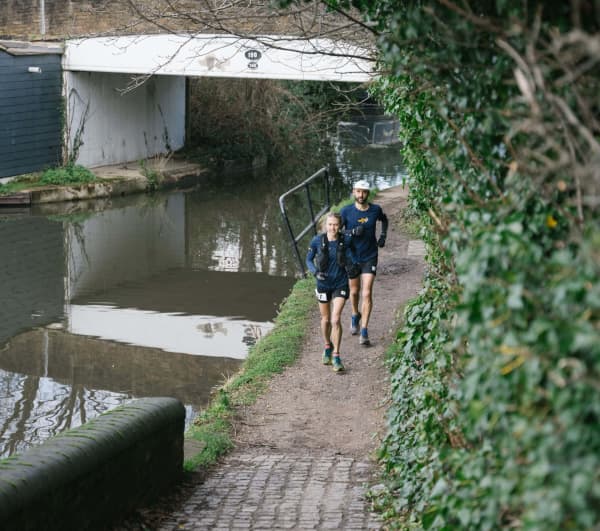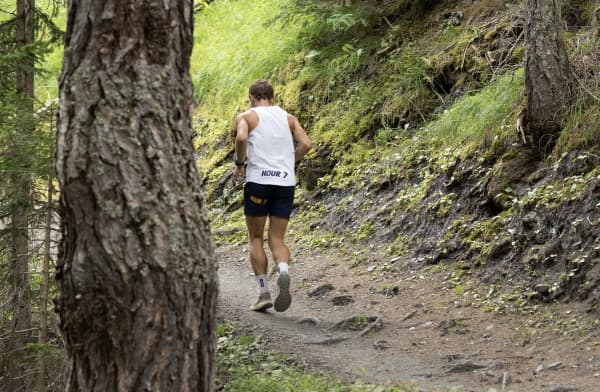Introduction
At Hour 7 we are constantly seeking new strategies to enhance our performance and gain that extra edge in racing.
While training, nutrition, and pacing strategies are well-established pillars of success, a relatively lesser-known technique has emerged in recent years: pre-cooling. This innovative approach involves intentionally cooling the body before exercise to optimize performance and endurance.
In this article, we delve into the science behind pre-cooling and explore its benefits for endurance athletes.
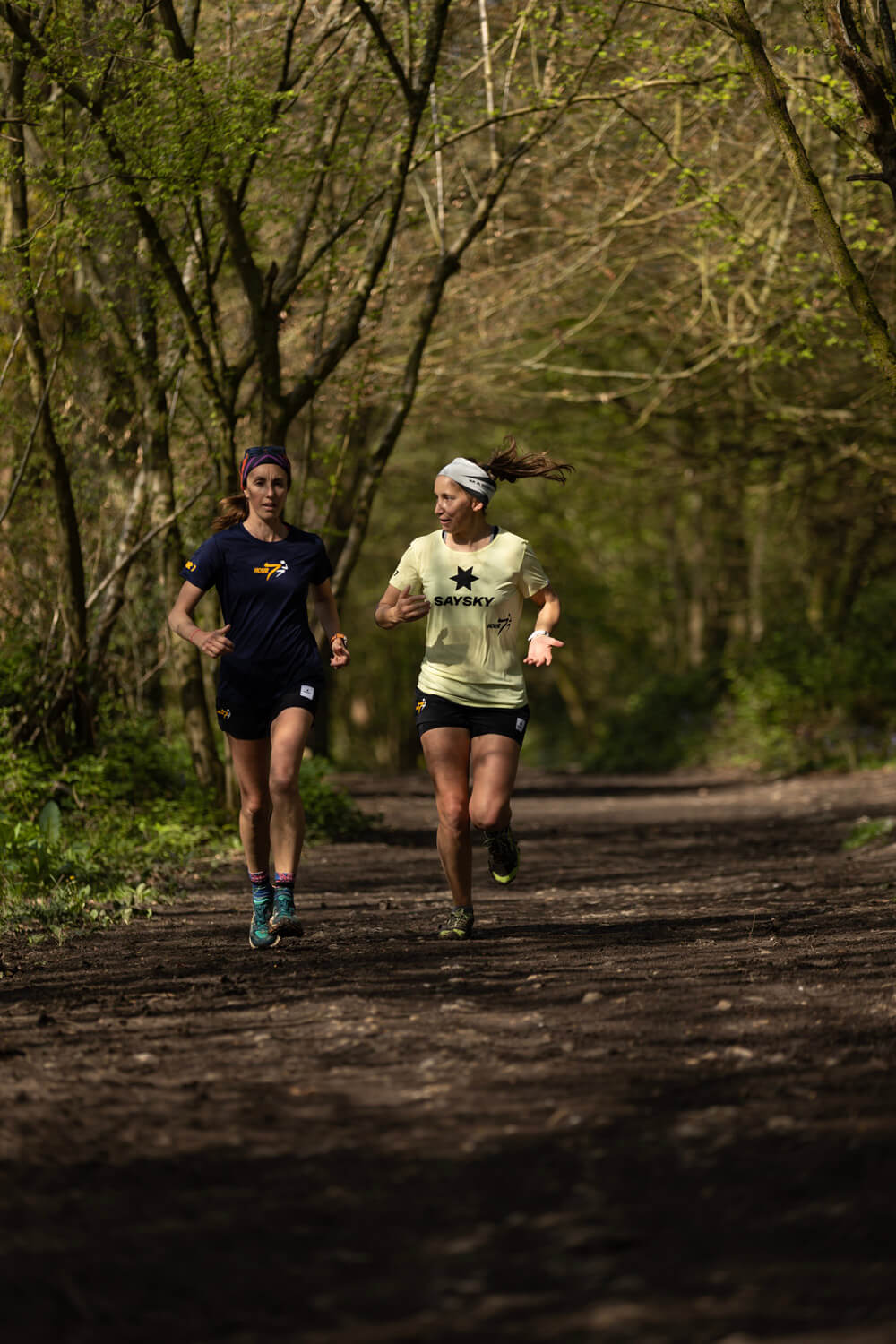
(Natalie White and Lauren Woodwiss keeping cool on a shaded trail. Photo: Geoff Lowe)
The Science of Pre-Cooling
Pre-cooling primarily focuses on reducing the body's core temperature prior to engaging in intense physical activity. By cooling the body, athletes can benefit from several physiological and psychological advantages.
The principle behind pre-cooling lies in the fact that a lower core temperature at the start means a bigger reserve before hitting core temperatures that impact our race. Essentially, this enables the body to regulate heat more efficiently, leading to delayed fatigue and improved endurance.
Methods of Pre-Cooling
There are various pre-cooling techniques available to endurance athletes. Each method has its own benefits and considerations. Athletes can experiment to find the one that works best for them, so here are some commonly used methods.
Cold Water Immersion: Immersing the body in cold water or applying ice packs to specific areas can quickly reduce core temperature. This method is particularly effective for shorter-duration activities.
Cold Air Exposure: Sitting in a cold environment or using cold air to cool the body, such as with cooling vests or fans, can effectively lower core temperature. This might be more realistic at some events than others, as finding cold air in the desert pre-race might be a struggle.
Cooling Garments: Wearing specialized cooling garments, such as vests or sleeves that contain cooling packs or use evaporative cooling technology, can aid in reducing body temperature.
Ice Slush Ingestion: Consuming ice slushy drinks prior to exercise can lower the body's internal temperature and help maintain a lower core temperature during the workout. This method is very effective, but can also cause some GI issues so worth testing in training or less important races beforehand.
Benefits of Pre-Cooling
Delayed Onset of Fatigue: By reducing core temperature before exercise, pre-cooling can delay the onset of fatigue. A cooler body temperature slows the rate at which energy reserves are depleted, helping athletes maintain a higher level of performance for a longer duration.
Enhanced Performance in Hot Environments: Endurance events taking place in hot and humid conditions can be particularly challenging due to increased heat stress. Pre-cooling can improve an athlete's tolerance to heat and mitigate the negative effects of high temperatures on performance by increasing the time taken to reach critical levels.
Improved Recovery: Intense exercise can lead to post-exercise inflammation and muscle damage. Pre-cooling has been shown to reduce post-exercise inflammation and improve recovery rates, allowing athletes to bounce back faster and train more effectively.
Psychological Advantage: Pre-cooling not only has physical benefits but also provides a psychological advantage. The perception of being cool and comfortable can boost an athlete's confidence and motivation, leading to an improved mental state during competition.
Better Hydration Management: Cooler body temperatures can help athletes manage their hydration more effectively. By reducing the amount of sweat produced during exercise, pre-cooling can aid in maintaining fluid balance and preventing dehydration.
Pre-Cooling and Individual Athlete Considerations
While pre-cooling can offer numerous benefits, its effectiveness may vary among individuals.
Factors such as an athlete's physiological response to cooling, personal preferences, and the specific demands of their sport should be taken into account. It is crucial to experiment with different pre-cooling techniques during training to determine what works best for each athlete.
Conclusion
In the pursuit of endurance excellence, Hour 7 is continually seeking innovative strategies to gain a competitive edge and pre-cooling has emerged as a valuable tool that can enhance performance, delay fatigue, and improve recovery for endurance athletes in certain circumstances.
Practicing before key races is vital, especially with methods that impact the digestive system such as ingesting ice slushies.
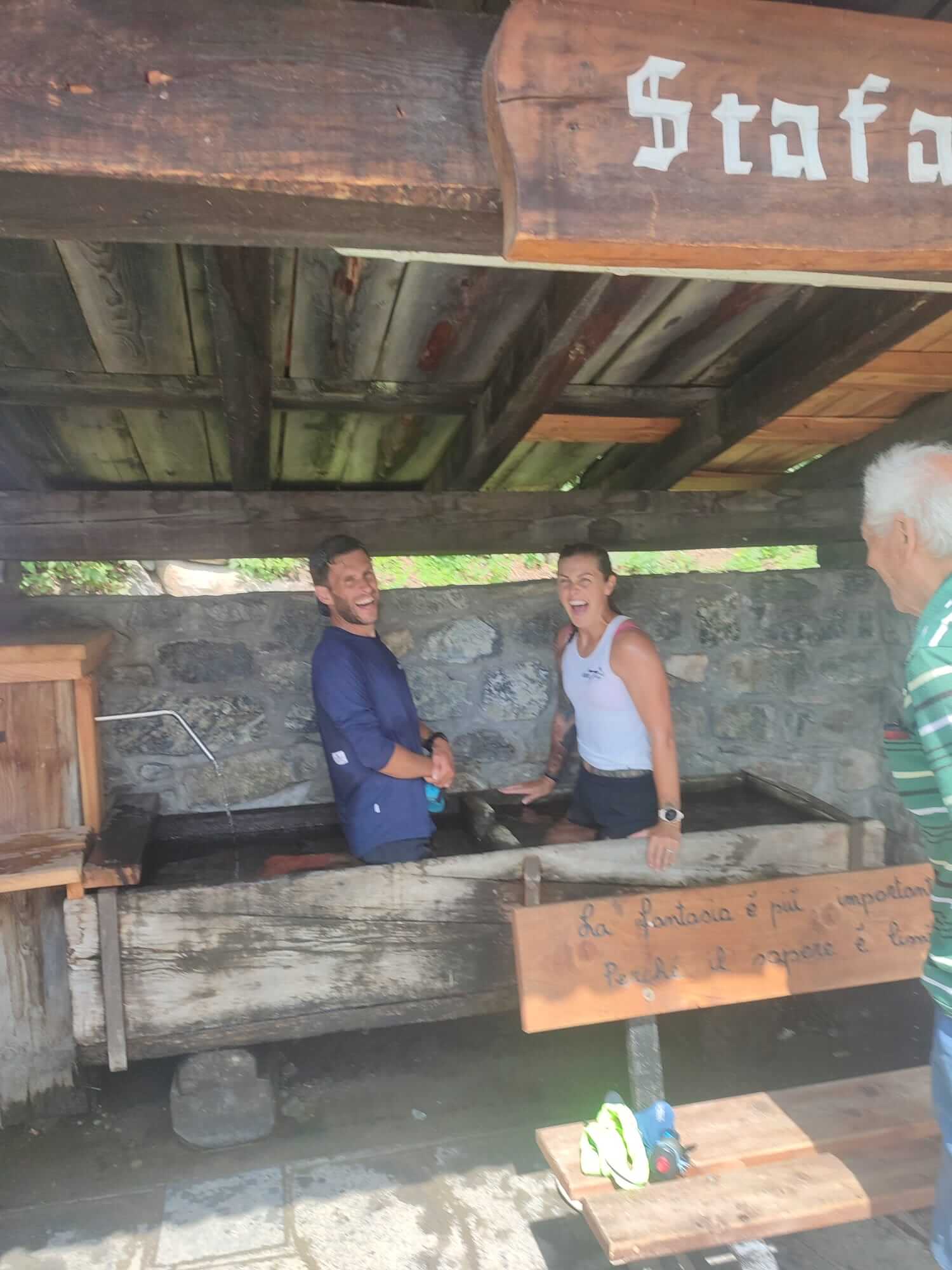
(Robbie Britton and Joanna Wilson cooling down in a trough in Italy)
